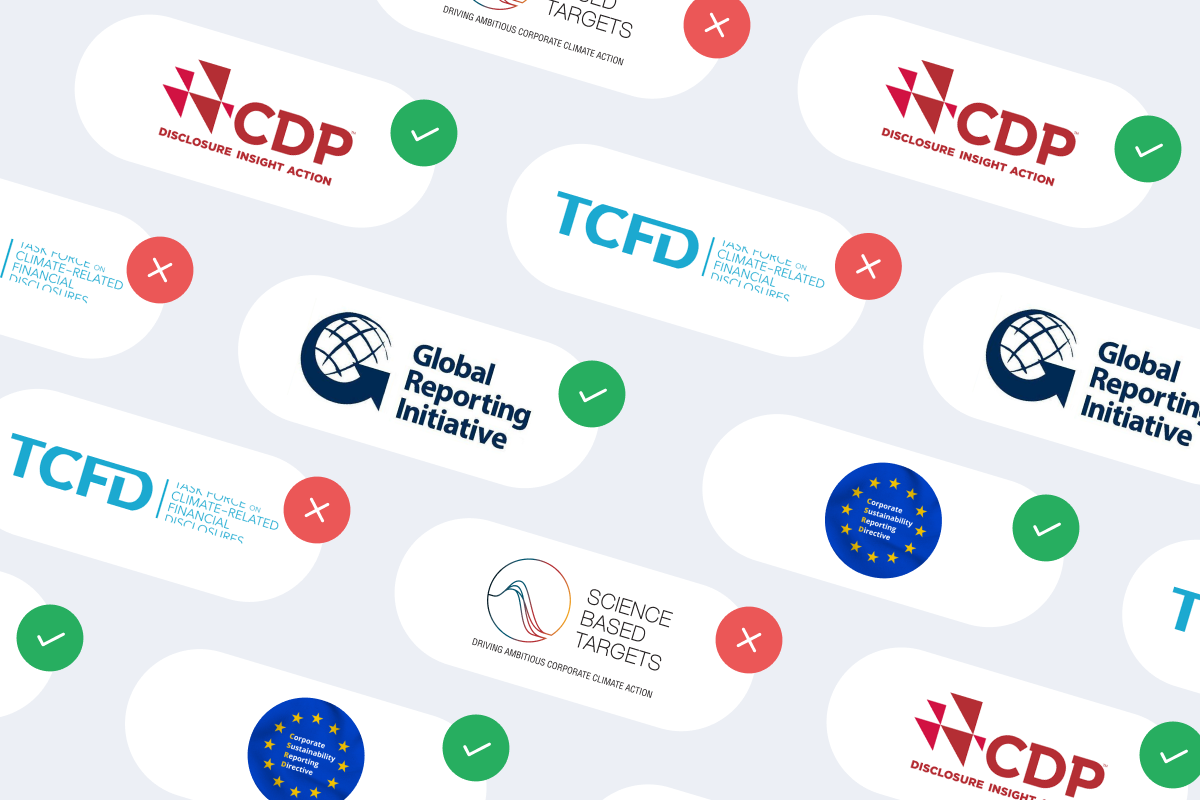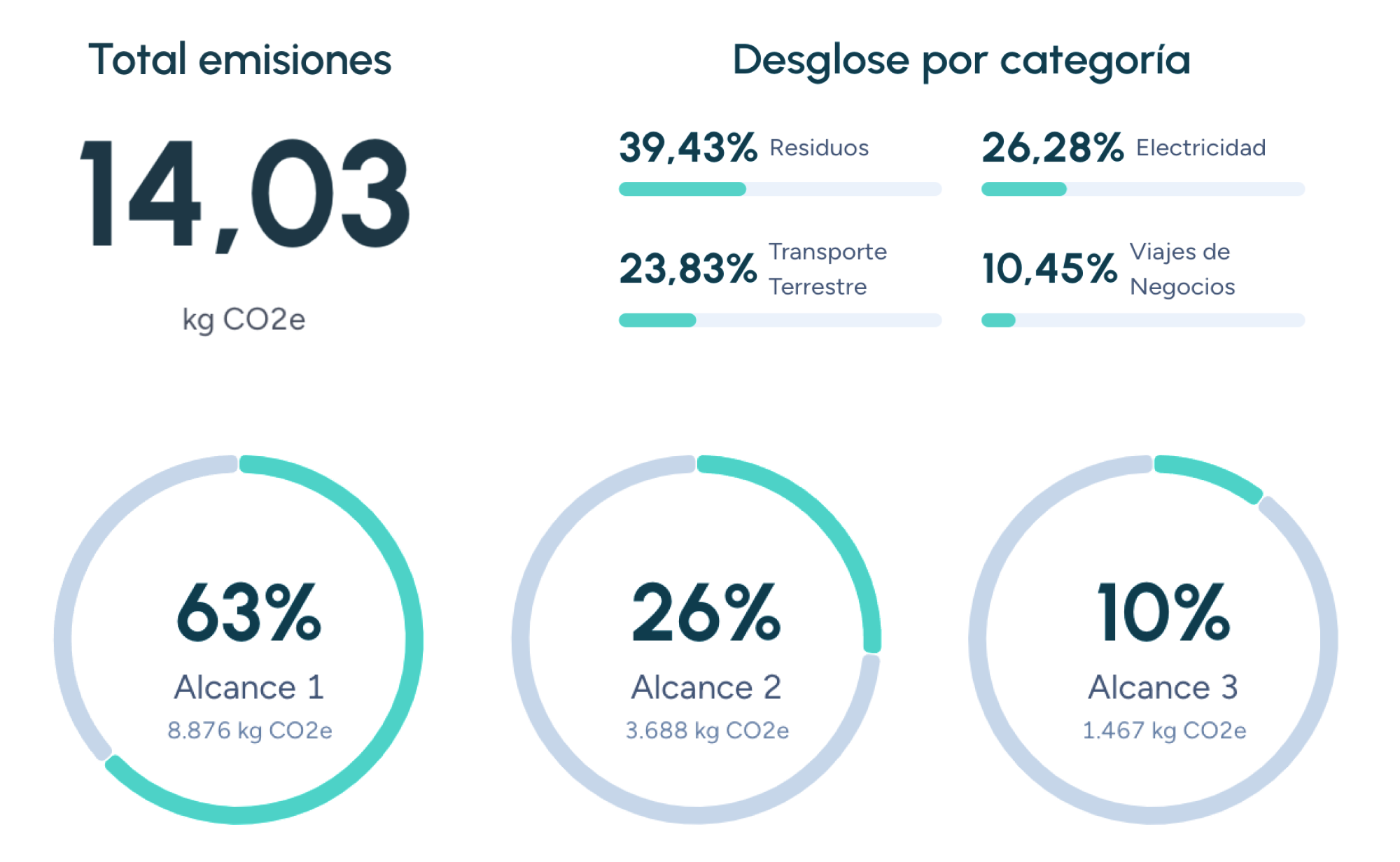E
Environmental policy
Environmental policy is a set of principles, strategies, and actions designed to manage and protect the environment from the negative impacts of human activities. In a business context, environmental policy becomes a key tool for measuring, reducing, and offsetting the carbon footprint, thus contributing to global sustainability.
What is environmental policy?
An environmental policy is a document or set of guidelines that establishes the commitments and objectives of an organization, government, or entity to protect the environment. This concept encompasses various aspects, from reducing greenhouse gas (GHG) emissions to waste management, efficient resource use, and the promotion of sustainable practices.
In the corporate world, an environmental policy not only reflects an organization’s commitment to sustainability but also serves as a guide for strategic decision-making. According to international regulations such as the Kyoto Protocol and the Paris Agreement, companies play a crucial role in the fight against climate change, and having a solid environmental policy is essential to meeting these global commitments.
The role of environmental policy in carbon footprint measurement
The carbon footprint measures the total amount of GHG emissions generated directly or indirectly by an organization, product, or service. A well-designed environmental policy is crucial for managing these emissions, as it sets clear goals and strategies to reduce them.
Key Reasons for implementing an environmental policy
- Regulatory compliance: Many national and international laws require companies to measure and report their carbon emissions.
- Cost reduction: Optimizing resource and energy use can lead to significant financial savings.
- Corporate reputation: Consumers and business partners increasingly value companies committed to sustainability.
- Access to incentives: In Spain, for example, the Ministry for the Ecological Transition (MITECO) offers subsidies and certifications for companies that implement effective environmental policies.
Key elements of an environmental policy
To be effective, an environmental policy must include essential elements that ensure its implementation and monitoring:
- Commitment statement: The policy should begin with a clear statement of the organization’s commitment to environmental protection, including specific objectives such as reducing carbon emissions by a certain percentage or adopting renewable energy sources.
- Identification of environmental impacts: Organizations must identify and evaluate the environmental impacts of their activities, including:
- Scope 1 emissions: Direct emissions from sources controlled by the organization, such as company vehicles or machinery.
- Scope 2 emissions: Indirect emissions from purchased electricity, heating, or cooling.
- Scope 3 emissions: Indirect emissions across the value chain, including suppliers and transportation.
- Definition of objectives and targets: Goals should follow the SMART criteria: Specific, Measurable, Achievable, Relevant, and Time-bound. For example, reducing carbon emissions by 20% over the next five years.
- Action plan: The action plan outlines strategies and activities to achieve the objectives, such as adopting cleaner technologies, optimizing processes, or training employees in sustainable practices.
- Monitoring and evaluation: Organizations must establish mechanisms to track progress, collect data, generate reports, and conduct internal or external audits.
- Communication and transparency: The environmental policy should be communicated to all employees, partners, and stakeholders. Transparency in reporting results builds trust and credibility.
How to implement an environmental policy in an organization
A structured and collaborative approach is necessary to implement an environmental policy. The main steps include:
- Initial assessment: Conduct an evaluation of current environmental practices, including carbon footprint measurement and identifying areas for improvement.
- Policy development: Based on the assessment, draft the environmental policy, ensuring alignment with the organization's strategic goals and applicable regulations.
- Training and awareness: Employees must be trained and made aware of the policy’s importance and their role in its implementation.
- Action plan execution: Implement the defined strategies, continuously monitoring progress and making necessary adjustments.
- Continuous improvement and review: Periodically review the environmental policy to assess its effectiveness and make improvements, updating targets and strategies based on technological and regulatory advancements.
Regulations and standards related to environmental policy
Various international regulations and standards guide environmental policy implementation. The most relevant include:
- Kyoto Protocol – Establishes commitments to reduce GHG emissions.
- Paris Agreement – Aims to limit global temperature rise to below 2°C.
- ISO 14001 – Provides a framework for environmental management in organizations.
- GHG Protocol – A global standard for measuring and managing carbon emissions.
In Spain, the Ministry for the Ecological Transition and the Demographic Challenge (MITECO) plays a key role by offering tools and certifications to support companies in their transition toward sustainability.
How Manglai can help your business develop an environmental policy
From carbon footprint measurement to action plan implementation and certification, a well-designed and executed environmental policy can make a significant impact on sustainability efforts. Tools like Manglai simplify this process, helping businesses measure, act, report, and certify their environmental commitments efficiently and effectively.
Companies that trust us

"Polluter Pays" principle
The "polluter pays" principle establishes that those responsible for pollution must bear the costs of their actions, promoting sustainability and environmental justice within the current legal and business framework.
Climate Change and Energy Transition Law 7/2021
The Climate Change and Energy Transition Law 7/2021 establishes a legal framework in Spain to reduce greenhouse gas emissions and promote sustainability, playing a key role in measuring and managing corporate carbon footprints.
Guiding businesses towards net-zero emissions through AI-driven solutions.
© 2025 Manglai. All rights reserved
Política de Privacidad


